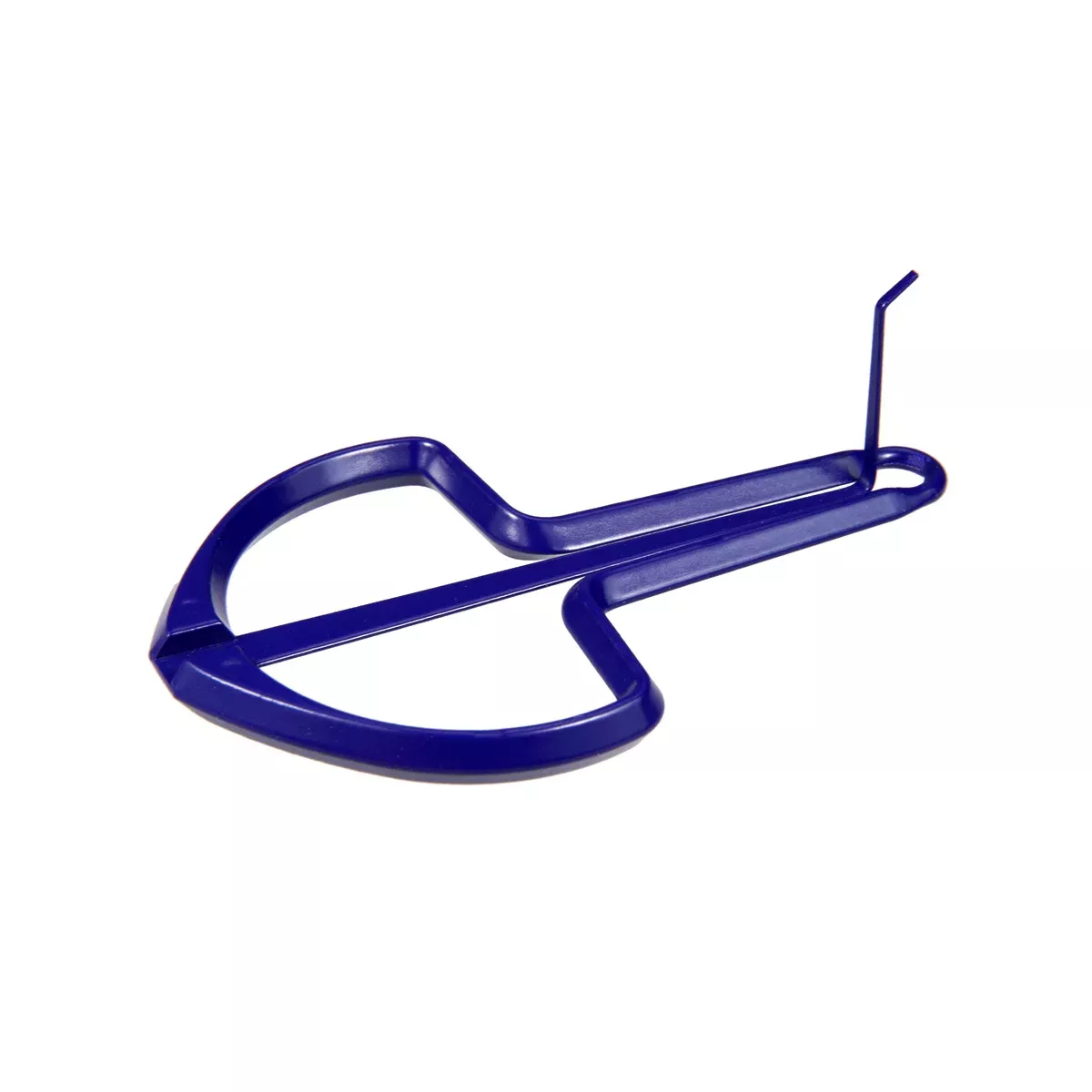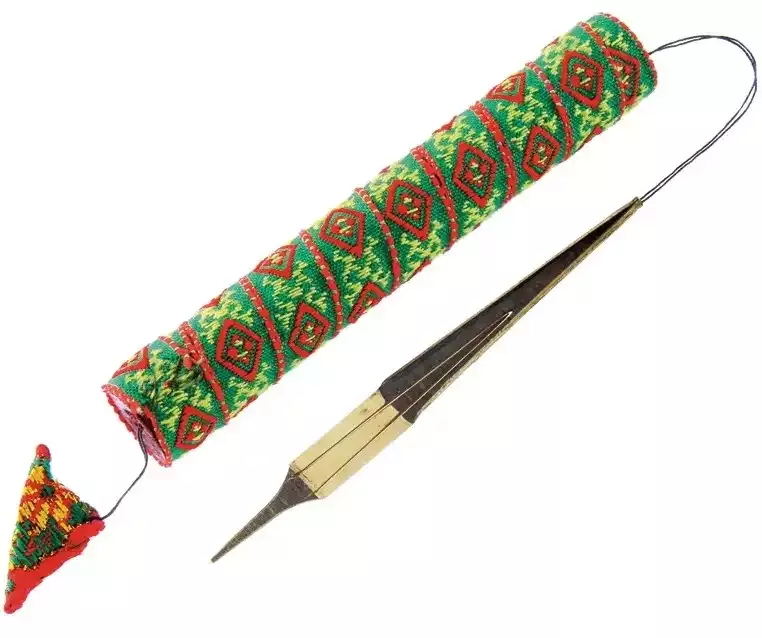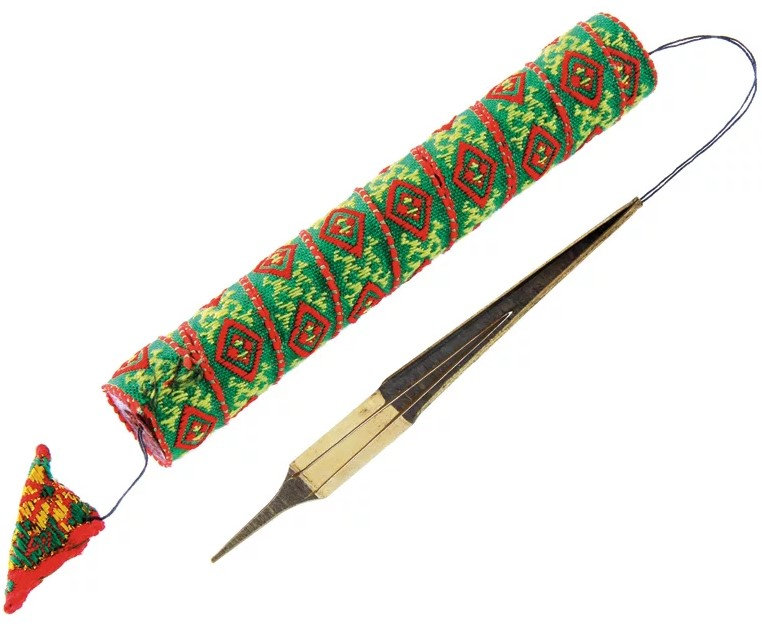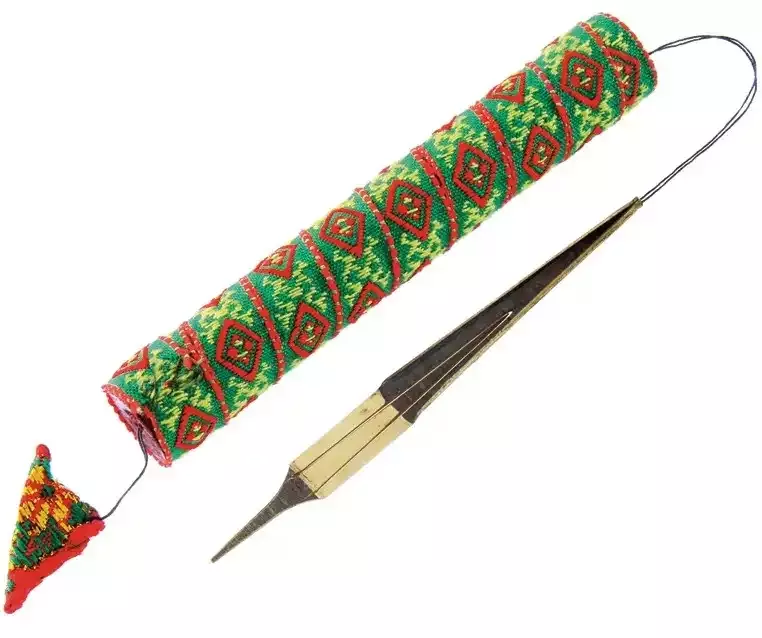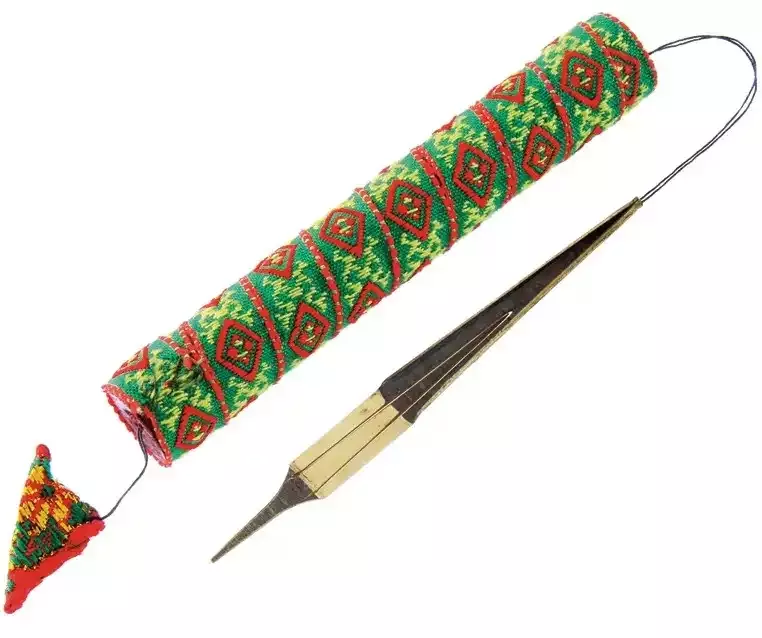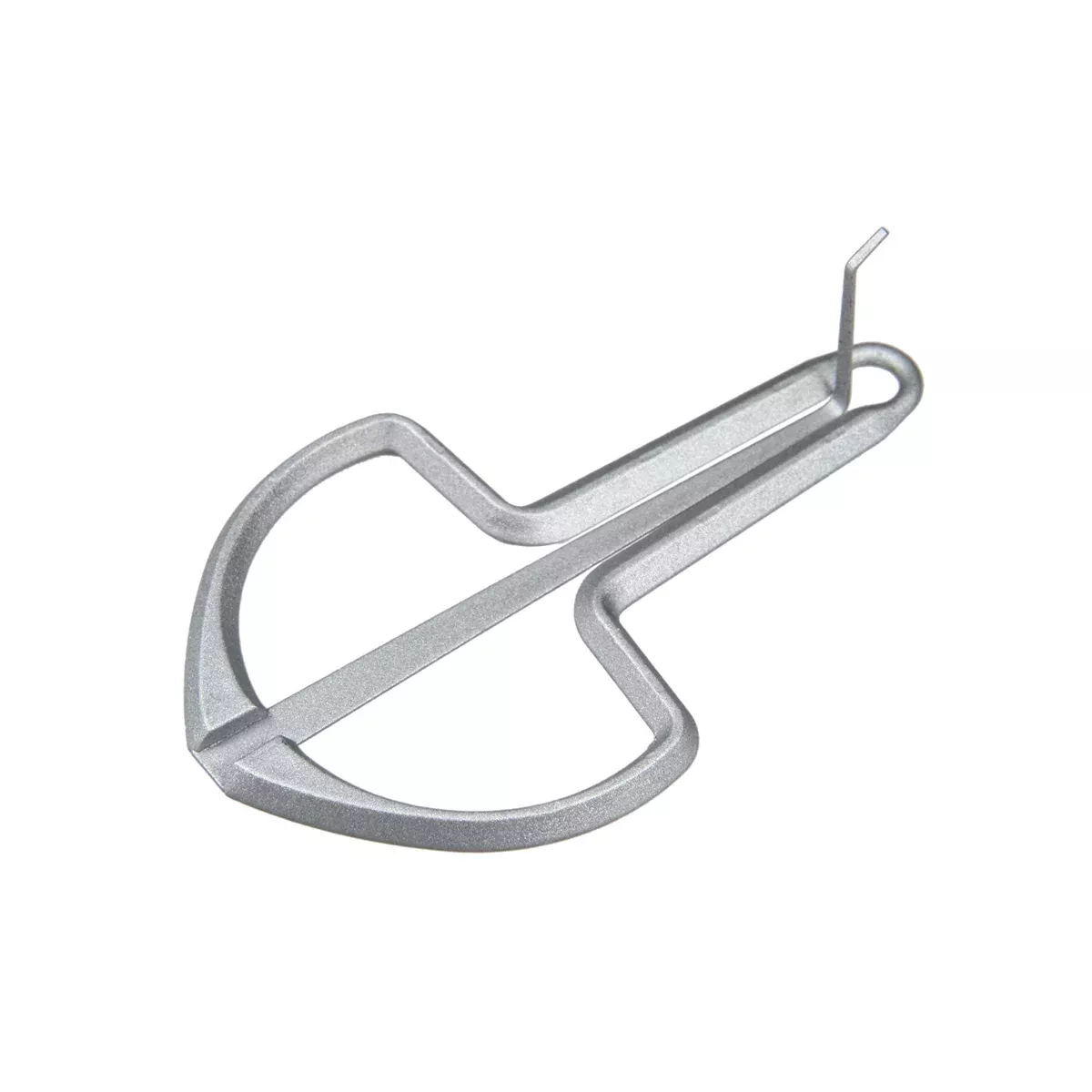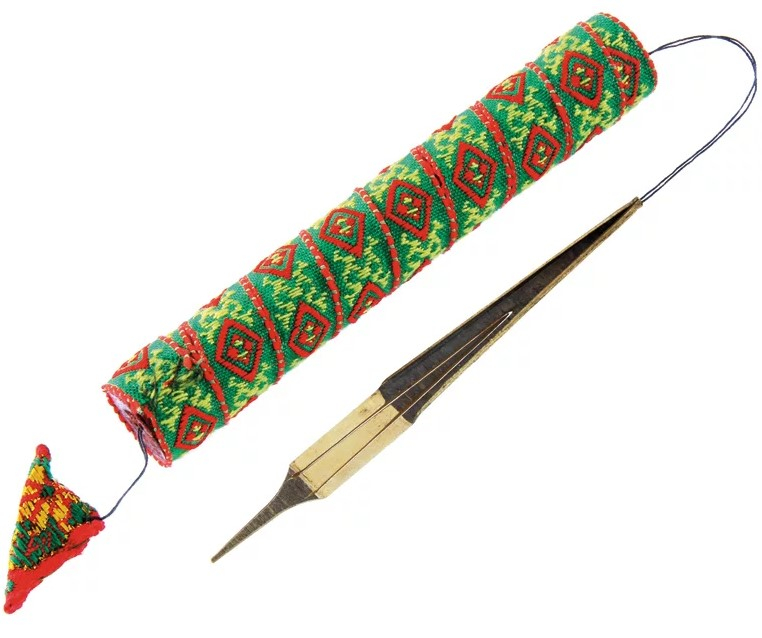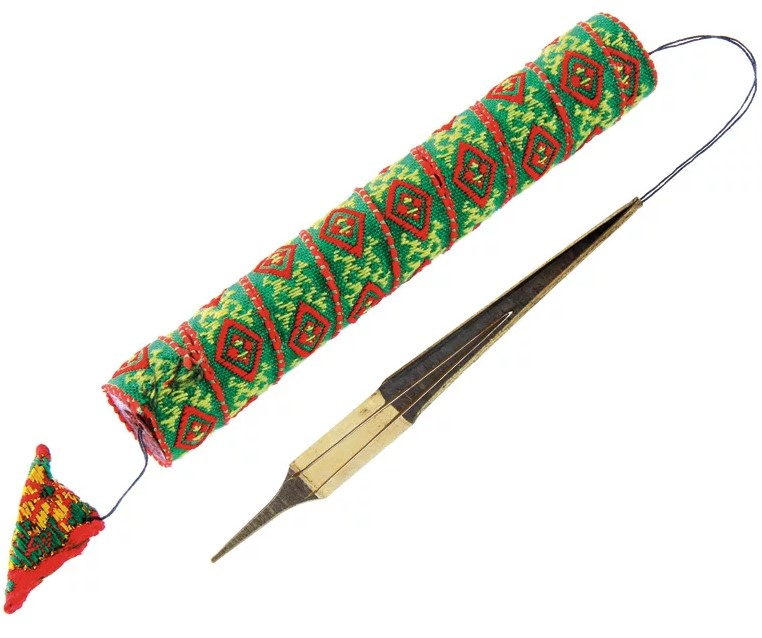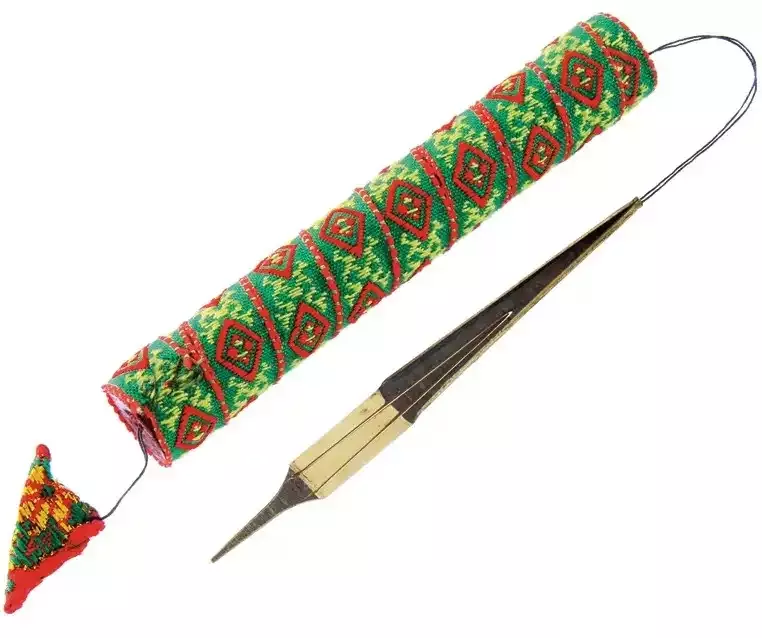The Jew's harp, also known as a mouth harp, is an ancient musical instrument whose variations are used worldwide.
Origin: Its exact origin is unknown, but some sources suggest that the Jew's harp may have originated in Asia and spread to various areas thousands of years ago through trade routes. Its use has been documented in various cultures including the Middle East, Asia, Europe, and even among indigenous people in America.
Different cultures have developed their own variations of the instrument. For example, in Asia, it is known as the Dan-moi, morsing, or mukharshanku.
In Europe, it is often referred to as the Jew's harp due to a misunderstanding linking it with Jewish culture, although there is no historical evidence to support this claim.
Traditionally, Jew's harps are made from a flexible metal or bamboo tongue attached to a frame. The player holds the instrument against their teeth or lips and uses a finger to play it. The pitch and tone can be altered by shaping the mouth, moving and manipulating the instrument.
The Jew's harp has had and continues to have various meanings and uses in different cultures. It has been used in rituals, ceremonies, folk music, and for entertainment. In some cultures, it was believed to have mystical or healing properties.
Its popularity has risen and fallen over time but the Jew's harp has maintained its presence in folk music around the world and even in modern music genres. It has appeared in various musical compositions and enthusiasts appreciate it for its unique sound and versatility.

